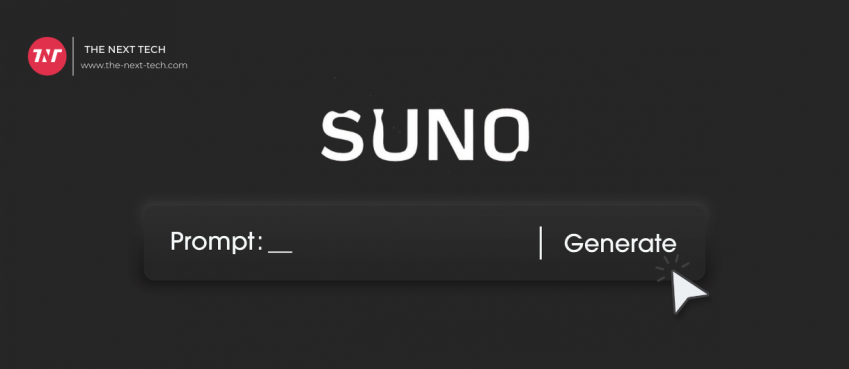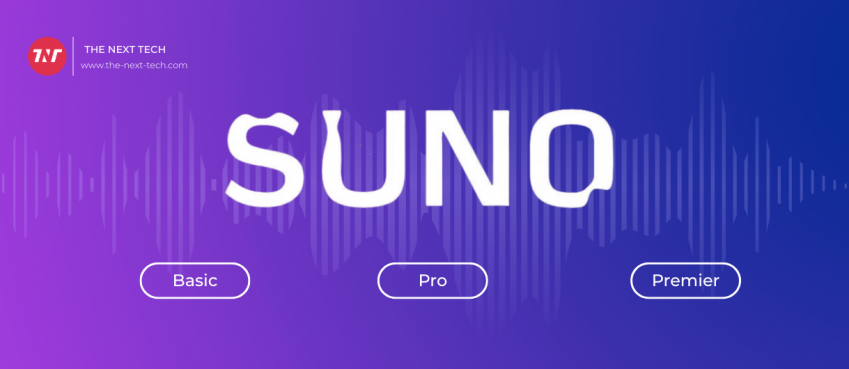
Automated trading is a process of using computers to trade stocks, commodities, or other financial instruments automatically based on predetermined conditions. It can be used to execute trades at high speed and volume with little or no human intervention.
There are several reasons for making automated trading a trend. Mostly these reasons are about better time management, rational decisions, and fast actions on the market.
So as it has many advantages to use, it became a more and more popular tactic in any type of trader. In this article, we will discuss automated trading in more detail and also will suggest to you some tools and indicators which in general, will help you to make trading more effective as well as easy to manage. But before that, it is also important to have an effective strategy for automated trading. There are some of the most popular such as considered useful like the 1-minute strategy with the best moving average for the 1-minute chart, also 100-day EMA strategy, and others. Selecting between them is up to individual circumstances.
Benefits And Reasons Why Automated Trading is Considered To Be Good
Automated trading has many benefits, including the ability to:
- Save time: Automated trading can save you a lot of time as it can place and manage orders for you automatically according to your instructions. This means that you don’t have to constantly monitor the markets yourself and can instead focus on other things in your life.
- Reduce emotions: When you trade manually, it is easy to let emotions influence your decisions. This can lead to bad decision-making, such as holding onto a losing position for too long out of hope that it will recover or selling a winning position too early out of fear of losing profits. With automated trading, all these emotional factors are removed from the equation as trades are executed automatically according to predetermined rules set by the trader.
- Backtesting: One great benefit of automated trading systems is that they allow traders to put their strategies “to the test” before actually risking any real money in live markets. This process is known as backtesting and simulates what would happen if a particular strategy was used in actual market conditions over historical data. If the results are positive (i.e., profitable), then this gives traders more confidence in using the system when live trading with real money.
These benefits made automated trading quite commonly used among traders, no matter their types or experiences. But to conclude, it is still about individual needs and goals, because there can be different occasions when automated trading could lose all these benefits and negatively impact the trading process. For example, it can lead to more frequent and larger trades which can increase costs.
Second, it can limit flexibility and customization as traders are reliant on the software to make decisions. Finally, automated trading systems are often less reliable than humans when it comes to making decisions in fast-moving markets or during times of market stress. So make sure that it is relevant to your needs and abilities.
Also read: 10 Best Paid Online Survey Websites In The WorldUseful Indicators Which Can Make Trading More Effective Even During Automated Trading
There are many indicators that can help in improving your trading experience. For sure, each of them has the best occasion to use and is not for any type of trading moment. As they are different, we will outline some easy-to-use indicators that clearly explain which moment you can use them to make them profitable.
Moving Average
This indicator shows the average price of a security over a specific period of time. MA can be used to identify trends and support and resistance levels. This can help you to step forward correctly and specify the needed actions. For the determination of future patterns, you can use them effectively.
Stochastic Oscillator
It is based on the premise that price action tends to remain in an uptrend or downtrend for a period of time before reversing. The stochastic oscillator can be used to identify potential turning points in the market and help traders make more effective decisions about when to enter and exit trades.
Traders typically look for signals when the two lines cross, with crosses above 80 indicating overbought conditions that may lead to selling pressure, while crosses below 20 indicating oversold conditions that may lead to buying pressure. In addition, divergences between price action and the stochastic oscillator can also be used as potential trade signals.
Bollinger Bands
The indicator is calculated by taking the standard deviation of closing prices over a certain period of time, typically 20 days, and is extremely useful to be clear with the market volatility. Bollinger bands can be used to identify trends and potential reversals, as well as support and resistance levels.
There are several ways to trade with Bollinger bands. One common approach is to buy when prices break out above the upper band or sell when they fall below the lower band. Another strategy is to look for divergences between price action and the indicator, which can signal an impending reversal.
Top 10 News
-
01
[10 BEST] AI Influencer Generator Apps Trending Right Now
Monday March 17, 2025
-
02
The 10 Best Companies Providing Electric Fencing For Busines...
Tuesday March 11, 2025
-
03
Top 10 Social Security Fairness Act Benefits In 2025
Wednesday March 5, 2025
-
04
Top 10 AI Infrastructure Companies In The World
Tuesday February 11, 2025
-
05
What Are Top 10 Blood Thinners To Minimize Heart Disease?
Wednesday January 22, 2025
-
06
10 Top-Rated AI Hugging Video Generator (Turn Images Into Ki...
Monday December 23, 2024
-
07
10 Top-Rated Face Swap AI Tools (Swap Photo & Video Ins...
Friday December 20, 2024
-
08
10 Exciting iPhone 16 Features You Can Try Right Now
Tuesday November 19, 2024
-
09
10 Best Anatomy Apps For Physiologist Beginners
Tuesday November 12, 2024
-
10
Top 10 Websites And Apps Like Thumbtack
Tuesday November 5, 2024







